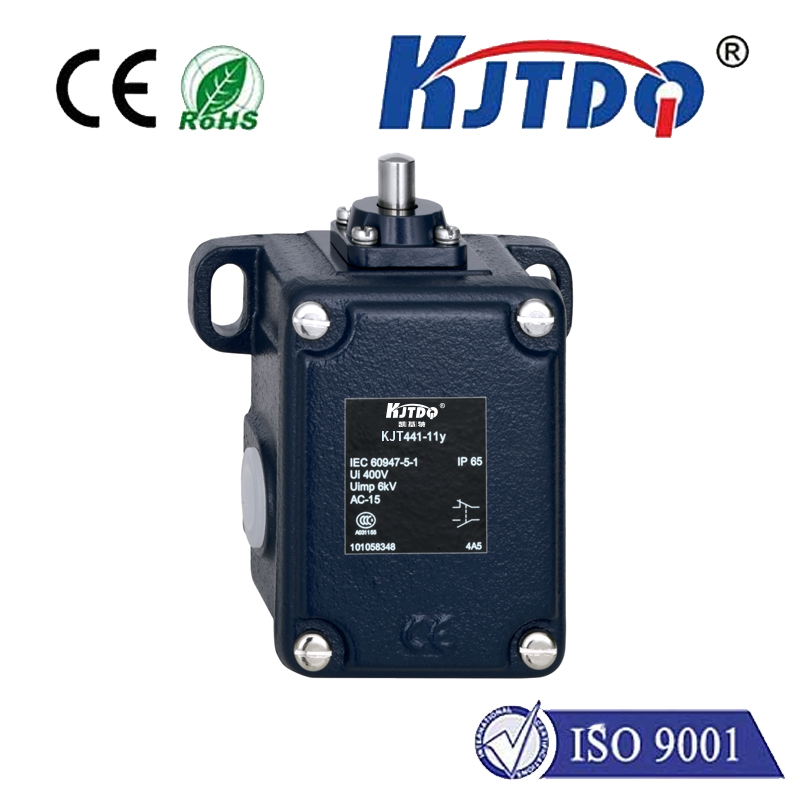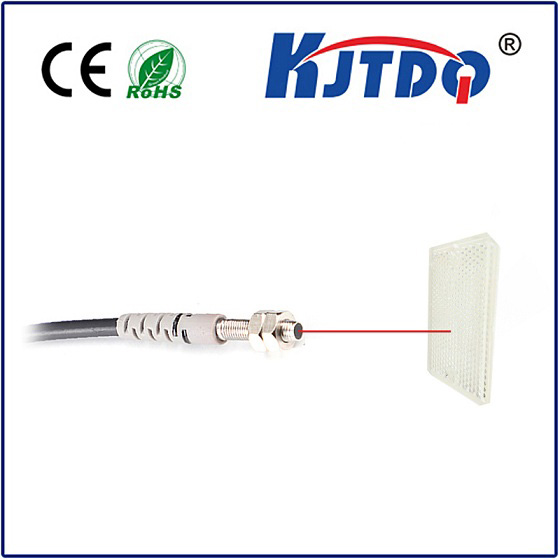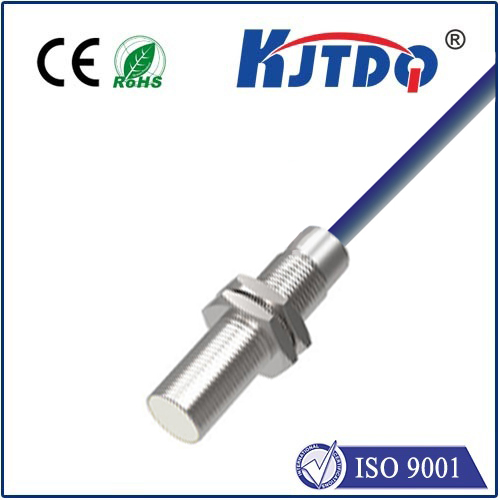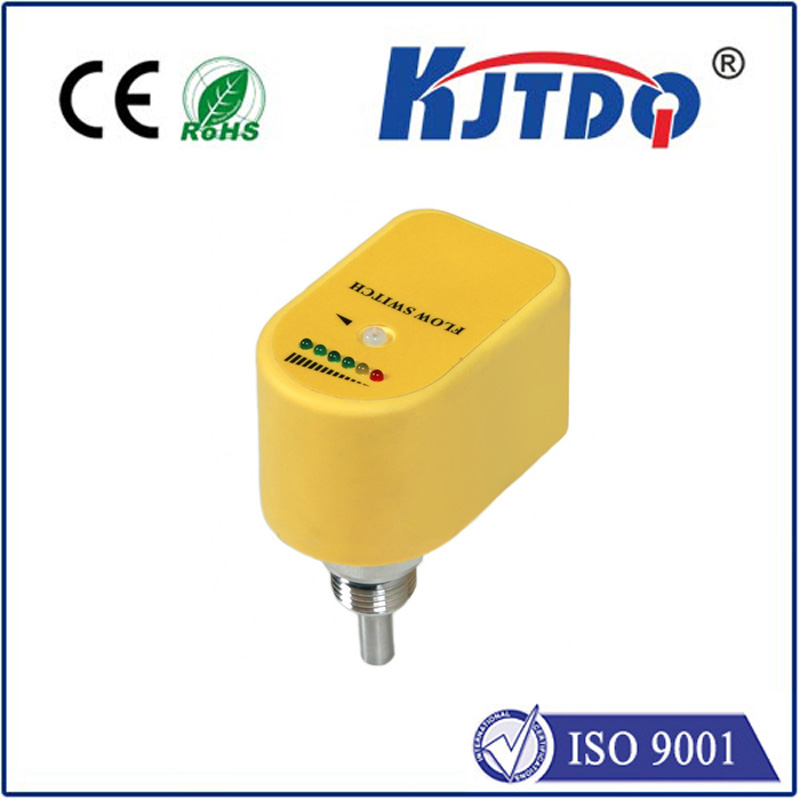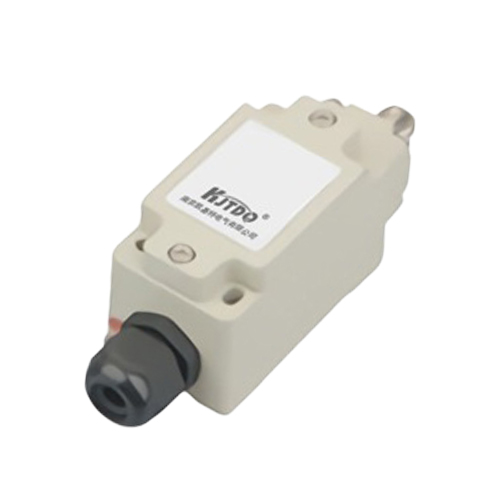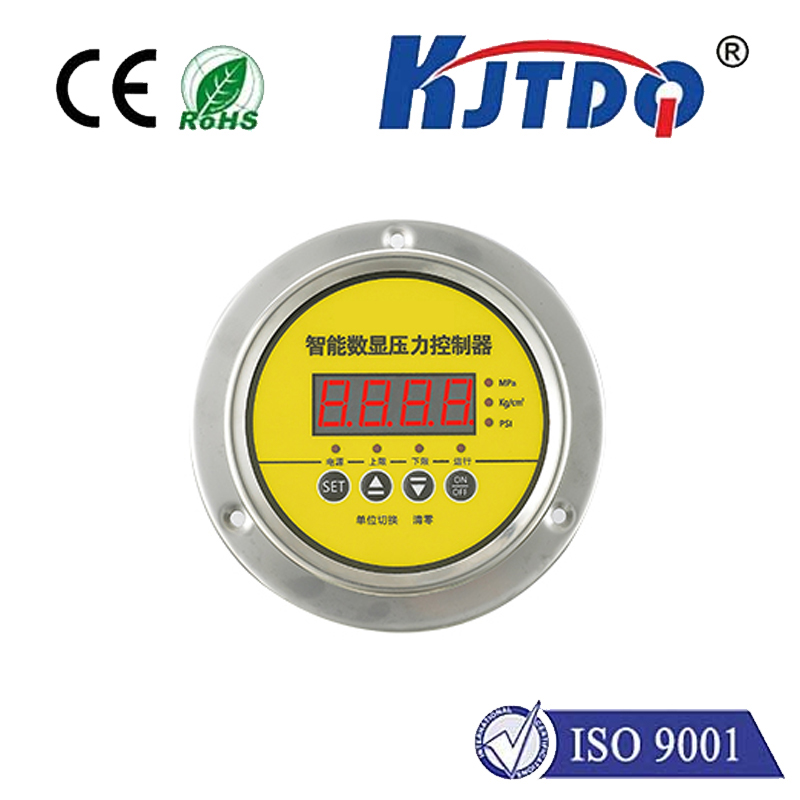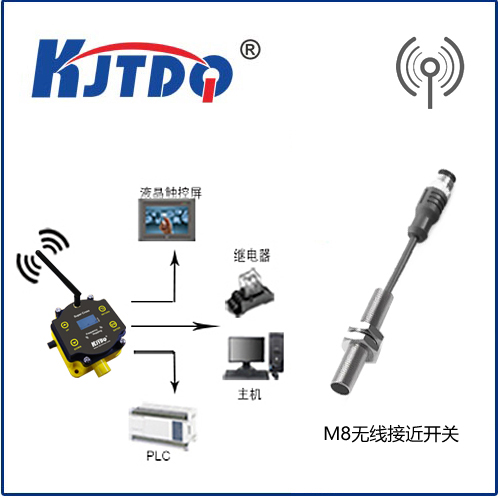Датчик безопасного сближения
- time:2025-02-07 03:37:37
- Нажмите:0

Enhancing Protective Measures: The Role of Security Proximity Sensors
In today’s fast-paced world, security has become a paramount concern for both individuals and organizations. With the advent of advanced technology, there are now more efficient and effective ways to ensure safety. One such innovation is the use of security proximity sensors. These devices have revolutionized the way we approach security, offering enhanced protection in various settings.
The Basics of Proximity Sensors
Before delving into the specifics, it is essential to understand what security proximity sensors are. In simple terms, these sensors detect the presence of objects or individuals within a certain range. They work by emitting an electromagnetic field or beam and then measuring the disruption caused by an object entering that field. The sensor can either be active, where it emits its signal, or passive, where it waits for an external signal.
Applications of Security Proximity Sensors
The versatility of security proximity sensors makes them suitable for a wide range of applications. Here are some of the most common uses:
- Home Automation: Proximity sensors can be integrated into home security systems to detect intruders. When someone approaches a protected area, the sensor can trigger an alarm or notify the homeowner.
- Industrial Safety: In factories, these sensors can help monitor machinery. If an operator gets too close to dangerous equipment, the sensor can shut down the machine or alert the worker.
- Automotive Industry: Modern vehicles often come equipped with proximity sensors as part of their parking assist systems. They help drivers navigate tight spaces and avoid collisions.
- Retail Stores: To prevent shoplifting, many retail stores use proximity sensors on their entrances and exits to monitor customer movement.
- Public Places: In areas with high foot traffic, such as airports or train stations, proximity sensors can enhance crowd control and ensure smooth operations.
Advantages Over Traditional Systems
Compared to traditional security measures, such as locks and keys or manual monitoring, security proximity sensors offer several advantages:
- Real-Time Alerts: Immediate notification when a potential threat is detected.
- Non-Intrusive Monitoring: The ability to monitor without physically obstructing or interfering with the environment.
- Cost-Effective: Reduces the need for human surveillance, thereby cutting down on labor costs.
- Scalability: Easily integrated into existing security infrastructure, allowing for expansion as needed.
Challenges and Considerations
While security proximity sensors provide numerous benefits, there are also challenges to consider:
- False Alarms: Environmental factors like changes in temperature or humidity can sometimes trigger false alerts.
- Privacy Concerns: The widespread use of sensors may raise issues about personal privacy and the constant surveillance of individuals.
- Maintenance: Regular upkeep is required to ensure the accuracy and reliability of the sensors.
Conclusion
Security proximity sensors represent a significant leap forward in protective measures. By leveraging this technology, we can create safer environments in homes, workplaces, and public spaces. However, it is crucial to address the associated challenges to maximize their effectiveness and maintain public trust. As technology continues to evolve, so too will our capacity to safeguard what matters most.

